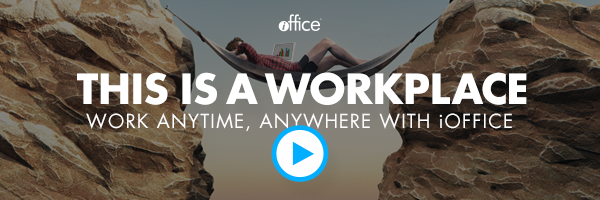Why the Candidate Experience is Awful and How to Improve It


No matter which side of the application and hiring process you’re on, the whole operation is exhausting.
If you’re a candidate, you’ll spend hours upon hours applying to jobs, compulsively refreshing your inbox after you hit the Submit button. And if you’re an employer, you’ll spend hours upon hours reading through resumes from applicants who don’t seem to know how a spellchecker works.
On the plus side, as an employer you have the power to make the process a little less painful for everyone. But in order to do that, you need to put as much effort into offering a superior candidate experience as you dedicate to providing a positive employee experience.
 When an applicant begins the candidate journey, they travel through the following four stages:
When an applicant begins the candidate journey, they travel through the following four stages:
- Research/Discovery
- Consideration/Interest
- Action/Application
- Evaluation/Screening
Each step in the candidate journey involves various touch points between the candidate and your company, challenges for the candidate and opportunities for your company to prove its value.
Here’s how you can make the candidate experience unforgettable (in a good way).
Research/Discovery
The candidate begins exploring career opportunities via online searches, mobile apps and job posting sites like Indeed, CareerBuilder and LinkedIn.
Challenges: Job hunting is time-consuming and emotionally draining. No one likes hearing “no”—especially over and over. Plus, even if it’s a specialized field, there are a ton of different jobs postings to look at. To make matters worse, many businesses use generic or uninformative job descriptions, so the candidate has no idea if it’s even worth her time to apply.
What You Can Do: Write job descriptions that sound like an actual human being wrote them and that showcase the values and culture of your company. Every job requires the candidate to have strong communication skills, the ability to work well under pressure and a strong attention to detail—be unique. Be descriptive.
Consideration/Interest
The candidate learns about an open position at your company which appeals to her, and she decides to find out more about your company.
Challenges: If your company has zero digital presence or a website with limited information about what it’s like to work at the company, she probably won’t apply.
What You Can Do: Regularly update your social media accounts with posts about company culture and new initiatives you’re proud of. Publish employee-authored blogs on your company website about what it’s like to work there. Most importantly, build a company culture your employees want to brag about.
Action/Application
The candidate decides your company and the role are goods fit for her, so she submits an application.
Challenges: The candidate knows a recruiter is going to spend no more than a few minutes looking through her application, so it’s frustrating when an application is difficult to navigate and requires answering a dozen different questions the candidate will end up being asked in the interview anyway.
What You Can Do: Use a straightforward and simple application process with a mobile-friendly website. And try not to ask for an excessive amount of information right off the bat.
 Evaluation/Screening
Evaluation/Screening
Your company elects to reach out to the candidate and begin the interview process, which usually involves an initial phone screen, possibly an online assessment and then one or more in-person interviews.
Challenges: During a job search, no news is not good news. Not hearing anything from a business is especially insulting if the application and/or interview process was extremely involved. The candidate thinks, “I spent hours answering questions online and in person about the minutiae of every job I’ve ever had, and you can’t even send me a ‘Thanks, but no thanks’ email?”
What You Can Do: After each interaction, let the candidate know the next steps and when she can expect to hear from someone. Be communicative and responsive; don’t leave the candidate hanging for days at a time. And if you tell her you’re going to get back to her by a certain day, do it.
One last thing: all of this advice about improving the candidate experience is moot if you haven’t created a company that is attractive to top talent. Take advantage of technology to make your workplace one where candidates are beating down the door to get in and one your current employees are proud to say is theirs.
Editor’s Note: This post was previously published on Inc.com and has been republished here with permission.
